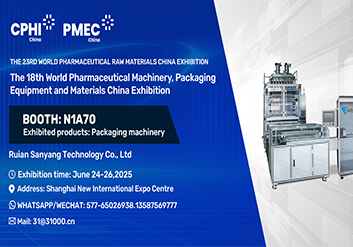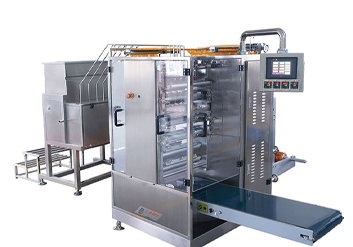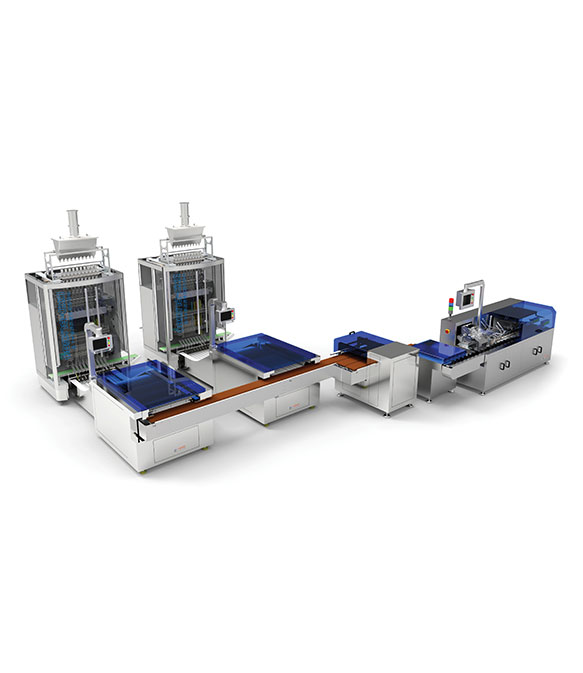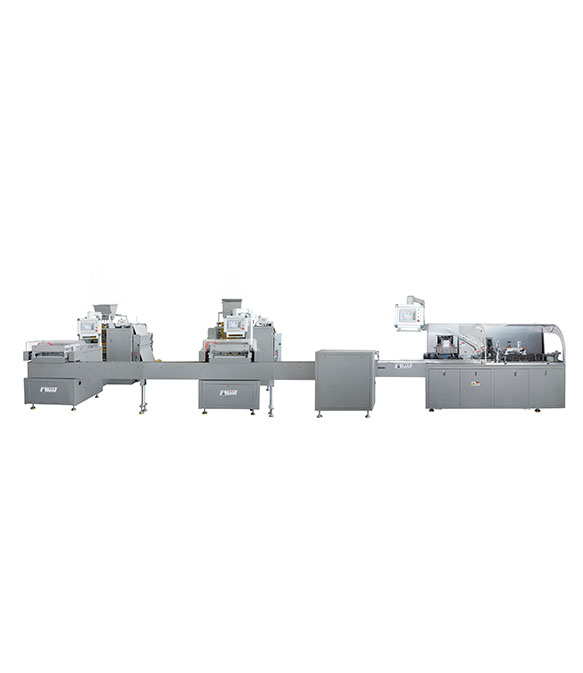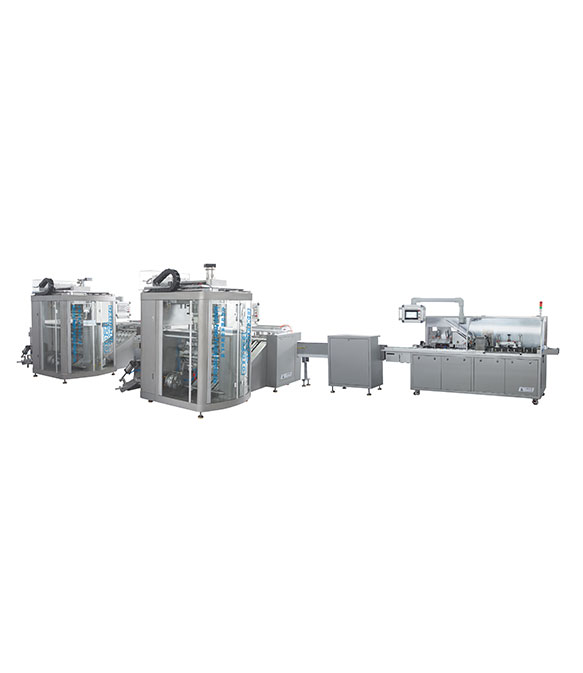In the dynamic world of packaging, the need for versatility is paramount. One of the key questions surrounding multi - line granule packing machines is their ability to adapt to different packaging sizes. The answer is a resounding yes, and here's how.
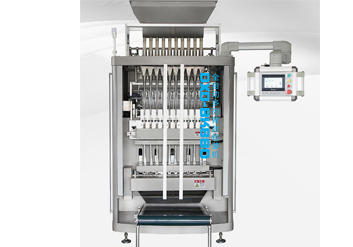
1. Mechanisms for Size Adjustment
A. Bag - making Unit
The bag - making section of a multi - line granule packing machine is designed with flexibility in mind. For width adjustment, many machines are equipped with adjustable side - sealing jaws. These jaws can be moved horizontally, either manually through a screw - based mechanism or automatically via a servo - motor - driven system. By changing the distance between the jaws, the width of the formed bags can be altered. For example, in a food - packaging plant that packages both small sachets of spices (narrow - width bags) and larger pouches of granola (wide - width bags), the adjustable side - sealing jaws enable quick transitions between different product runs.
When it comes to bag length, most multi - line granule packing machines use a film - feeding system that can be programmed to control the amount of film pulled for each bag. This is often achieved through a combination of stepper motors and precision sensors. The operator can input the desired bag length into the machine's control panel, and the motor will rotate the film - feeding rollers accordingly. In a pharmaceutical factory, where tablets are packaged in blister - like bags of varying lengths depending on the dosage, this adjustable film - feeding mechanism ensures accurate bag - making.
B. Filling System
The filling mechanism of a multi - line granule packing machine is equally adaptable. To accommodate different packaging sizes, the volume of granules dispensed into each bag needs to be adjusted. Many machines use volumetric fillers, such as auger fillers or vibratory bowl fillers. In the case of auger fillers, the speed of the auger can be varied. A slower - rotating auger will dispense less product, suitable for smaller packaging sizes, while a faster - rotating auger will deliver a larger volume of granules for bigger bags.
Some high - end machines also employ weighing systems for more accurate filling. Load cells are used to measure the weight of the granules as they are being dispensed. The machine's control system can be programmed to stop the filling process once the desired weight (corresponding to the appropriate packaging size) is reached. This is particularly useful in industries like the chemical industry, where precise dosing of granules is crucial.
2. Control Systems Enabling Adaptability
Modern multi - line granule packing machines are equipped with sophisticated control systems that simplify the process of adjusting to different packaging sizes. These control systems are often based on programmable logic controllers (PLCs) or touch - screen human - machine interfaces (HMIs).
With a PLC - based system, the operator can create and store multiple packaging profiles. Each profile contains all the necessary settings for a specific packaging size, including bag - making parameters (width, length) and filling parameters (volume or weight). When switching to a different packaging size, the operator simply selects the appropriate profile from the machine's memory, and the PLC automatically adjusts all the relevant components.
Touch - screen HMIs offer an even more user - friendly experience. The operator can directly input the required packaging size dimensions and filling quantities on the screen. The HMI then communicates with the various actuators and sensors in the machine, ensuring that all adjustments are made accurately and in a coordinated manner. This intuitive interface reduces the likelihood of operator error and speeds up the change - over process between different packaging sizes.
3. Benefits of Adaptability
The ability of multi - line granule packing machines to adjust to different packaging sizes offers numerous advantages. Firstly, it provides manufacturers with greater flexibility in product offerings. A single production line can be used to package a wide range of products, from small - sized samples to large - volume consumer packs. This reduces the need for multiple dedicated packaging lines, saving both capital investment and floor space in the factory.
Secondly, it allows for quick response to market demands. If there is a sudden increase in the popularity of a particular packaging size, the manufacturer can easily reconfigure the multi - line granule packing machine to meet the demand. This agility in production helps companies stay competitive in a fast - changing marketplace.
In conclusion, multi - line granule packing machines are highly adaptable when it comes to different packaging sizes. Through a combination of mechanical adjustability and advanced control systems, these machines can efficiently handle a diverse range of packaging requirements, making them an invaluable asset in various industries.



